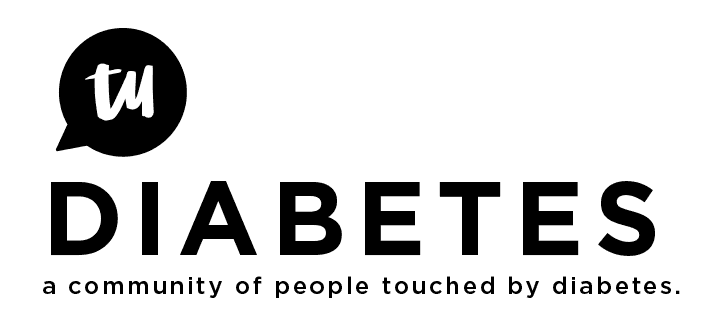In the last 24 hours I have put on my forth insulin pump in 12 years, and am very excited to have the two systems integrated into the same device. I am wondering if anyone is having issues with the CGM readings and their blood glucose readings? I have have worn three pumps in the last 12 years. I also have worn the Dexcom CGM and had no issues with the Dexcom and my blood glucose readings unless I ignored the calibrating that need to be done twice a day. What learned with the Dexcom is that the more I calibrated it the more accurate it was. With the new Revel system there seems to be a lag time with the blood glucose reading and the CGM readings? I understand that the glucose in the blood and the interstial fluid are different, but why with one system was it spot on and with the otheqr one it is off. Never mind I just answered my own question.
I think this questions was appropriate and will leave this blog post up. First we eat what we eat, then it gets digested and enters our bloodstream, from there it travels to the cells in our body. When we take our blood sugar the blood has passed through the cells of our body, and is available to give an immediate glucose reading. The glucose takes more time to enter the interstitial fluids than in our blood stream. Think of a river system and how it flows. I live in the Sacramento valley in California and enjoy the rivers and streams of the north state. It rains and snows in the mountains and the water soaks into the ground. When the water percolates out of the ground and forms into a stream, and that stream flows into the river systems and then from there flows to the ocean. In all of this our gut or stomach is the ocean, blood stream as river, and ground water run off as capillaries, and the ground under the snow as interstial fluid.
I have answered my own question, but in answering it maybe I have been able to help some of you out in understanding the way this new science works in a simple explanation. I hope it makes sense to you all. Thanks for reading my post.
I still would like to know why the lag time with the Mini Med Revel and the Dexcom? If any one has an answer for me please let me know.
Jim
I look at it as being like trying to read the speed of waves in the ocean by the movement of the sand on the beach, although the "ratio" is closer? I often conceive of BG management like steering a ship with the CGM being a "slow compass" that's not the true course but giving you an idea where you are going, unlike BG which is a "point" on the graph? The graph itself is important enough that even somewhat inaccurate data can be useful to have? I also find that "protecting the graph" can be motivation to make more conservative food choices and generally behave myself a bit more? I don't enter a grocery store without thinking "potato chips!" but haven't bought any for a while...:-)
One thing my endo told me is that a CGM will see more of a lag with rising BG than with falling BG. The reason for this is, as you've discussed, it takes time for the glucose to get out of the blood vessels and into the interstitial fluid. Conversely, when glucose is being "burned", the rate at which this happens is more consistent throughout the body (it's not as if you're waiting for the glucose to make its way BACK into the blood vessel), so the CGM reading while falling is more close to real-time. There's still a lag, but not as much.
This doesn't exactly match what I've seen, but I really haven't done enough fingersticks during a rise or a fall to determine my own particular lag time.
i experience about a 12 - 20 min lag - i seem to be so used to it now i automatically react when i see it rising or falling to compensate for the 20 min delay so is not much of an issue
automatic shut off (LGS)is a big help when i get stuk in a meeting or something - just set the curt off about 4.8 and no issues with the lag
thanks
